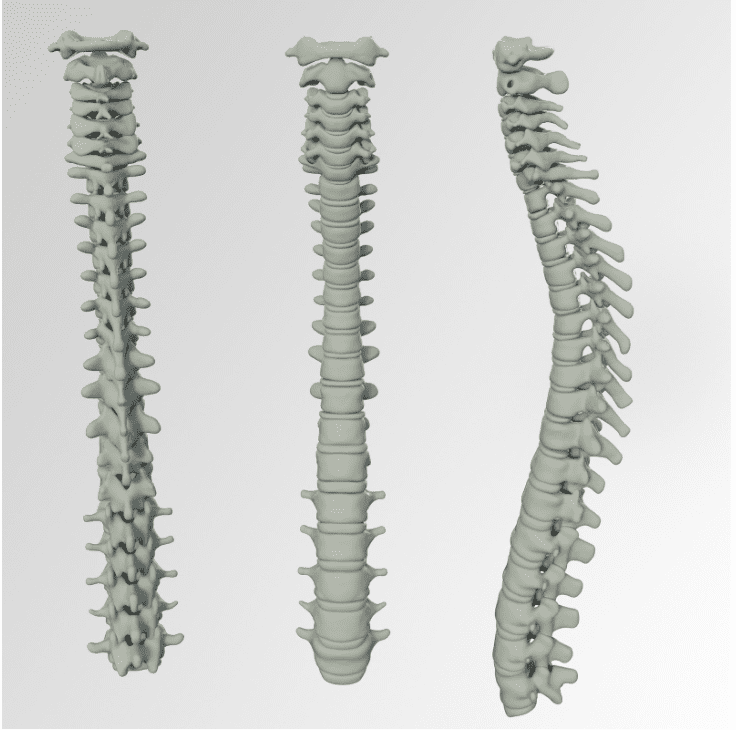
Different Types of Back Pain and How to Manage Them
Posted on January 21, 2020
Although back pain is one of the most common types of pain, there are still many different causes and treatments. Back pain itself is known to be a complicated condition. Even two people with the exact same back problem may find that they each experience pain symptoms differently. This is why, after having your individual condition evaluated by your primary care physician, finding a high quality pain management clinic is the key to properly managing your back pain.
Helping your doctor understand how you experience your pain is an important part of receiving an accurate diagnosis and treatment plan. Some of the most frequently described types of back pain include:
Acute Back Pain
Acute back pain is pain that lasts less than a few weeks and often comes on suddenly. You might experience acute back pain after an injury, sudden strain, or muscle spasm, such as the result of lifting a heavy object or bending at work. You can usually identify the cause of your acute back pain all on your own by thinking back to the activity that led to the pain. With over-the-counter pain relievers and gentle activity, acute back pain usually resolves without additional intervention.
Chronic Back Pain
Unlike acute back pain, chronic back pain continues for more than a few weeks. If you’re experiencing chronic back pain, examination by a physician is essential to understanding the cause of your pain. Your back is made up of many different possible sources of pain, from your discs to your joints. Your doctor will ask you questions and attempt to determine the cause of your pain. However, sometimes the cause of back pain isn’t fully understood.
Radicular Pain
Radicular pain usually refers to a type of lower back pain. While you can experience pain in the upper and middle parts of your back, it’s far more common to experience lower back pain. Radicular pain is sharp and can travel from the lower back down into the legs. It is often thought of as “nerve pain.” Sciatica is an example of a condition that causes radicular pain.
Axial or Mechanical Pain
Mechanical pain and axial pain are both words to describe lower back pain that affects the spine or areas of the back around the spine, such as the discs, joints, or soft tissues. Mechanical pain is typically what people think of when they think of back pain. Unlike radicular pain, this type of pain doesn’t usually travel very far into the legs or cause the tingling sensations that can accompany radicular pain.
Axial pain feels differently to every person. You might describe your pain as aching, throbbing, sharp, or any number of other ways.
Referred Pain
Referred back pain happens when you feel pain in your back, but the cause isn’t actually your back. Problems with other organs, such as your gallbladder, can sometimes cause back pain. Your physician can help you rule out any potential non-back causes of your pain.
Additional Types of Back Pain
Inflammatory back pain (known as ankylosing spondylitis) and back pain associated with cancer or infections are rare causes of back pain, but when they do occur, proper treatment and condition management can make a world of difference. Talk with your doctor if you feel that a separate medical problem is causing your back pain. You’ll also want to let your doctor know if your back pain is keeping you awake at night or if it isn’t at all relieved by rest.
Beginning Your Pain Management Care at Riverside Pain Physicians
Are you wondering, where is a pain management clinic near me? Riverside Pain Physicians has several locations in Jacksonville to help you manage your pain. Talk with your primary care physician about a referral for your back pain or contact our team today to discuss how we can get you started on the path to feeling less pain.